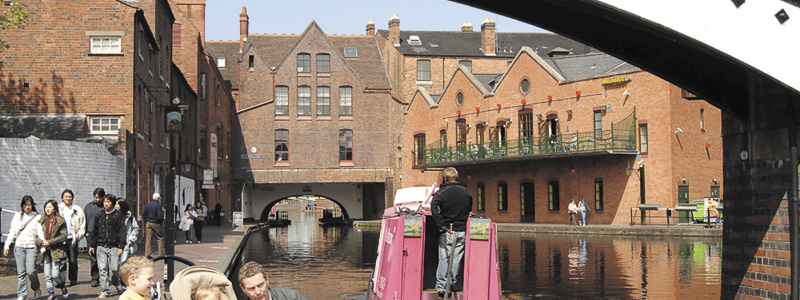By Hannah Buck, Health, Well-being, Recreation and Tourism Policy Officer, Pembrokeshire Coast National Park Authority
(in Volume 25)
The evidence is clear and supports the work. There are opportunities to get multiple benefits from such interventions social, health, economic, environmental. Sadly due to a combination of factors relating to modern lifestyles and social circumstances people are not only becoming more at risk from diseases such as cancer, heart disease, but they are also becoming more alienated from the outdoors and consequently less able to benefit from the benefits the outdoors offer. The evidence shows that those most at risk from inequalities in heath are also most at risk in terms of inequalities in relation to access to green space. There are clear opportunities to develop win-win situations by engaging people in outdoor recreation.
Ways forward are always challenging in times where many projects core funding is under threat and agencies are being asked to do more with less. If the ‘health by stealth‘ model is to be part of the outdoor recreation package then the sector needs to accept that the key aim must be long term behavioural change. It is vital to look for the right triggers that can help people to be more active and engaged in the outdoors, different people or groups will have different triggers that are likely to motivate them, these triggers usually centre around things being fun, interesting and gratifying. Interestingly some outdoor recreation projects are looking for ways to connect people to the environment and see ‘health’ as the incentive. It is clear that the important factor is keeping the client as the centre of the process and this links back to health promotion messages and the prudent health care ethos.
It is possible to do more with less if the multiple benefit approaches are considered. However new initiatives require planning, creativity , a willingness to take risks and sound ways of capturing the outcomes of interventions with robust tools and measures that hold their own in the heath arena. Engaging with evidencing outcomes is a must, and although this can be daunting for a sector that has tended to show its effectiveness in the qualitative experience itself rather than the quantitative detail, doing this will strengthen and deepen engagement between the outdoor and health sectors. This is an area where both health and the outdoor recreation sector need to develop skills and understanding and although it is still rather patchy progress is being seen. It is important to keep on sharing good practice, this can be done by finding partners in health and social care sectors and looking for opportunities for synergy and co-production.
However outdoor recreation for all its benefits will not have an impact over night or simply because the policy makers and professionals ‘get it’. Tailoring interventions to meet individual and communities key needs is essential. Audiences can be identified and targeted through social marketing and market segmentation techniques. Embedding person-centred-care approaches to interventions is equally important. All these may be resource intensive but such resource burden can be minimised if better sharing of such information was made available through the ORN.
The Outdoor Recreation Network will be looking into how it can develop a suite of events that bring the outdoor recreation and health sectors together. The ORN is ideally placed to promote outdoor recreation as the ultimate ‘health by stealth’ intervention with the added bonus of having social, environmental and economic benefits too.
Hannah Buck, Health, Well-being, Recreation and Tourism Policy Officer, Pembrokeshire Coast National Park Authority 2015
